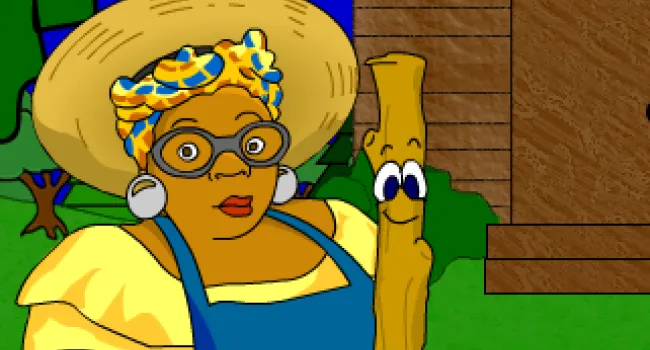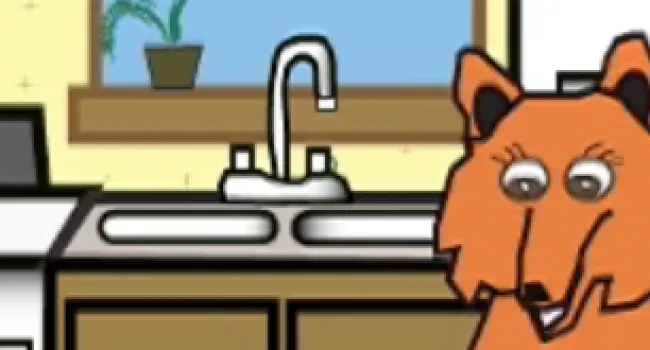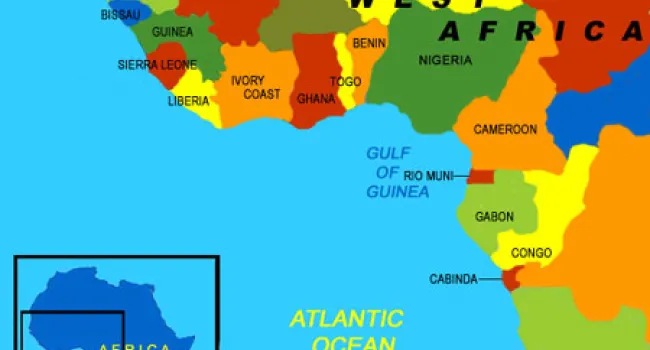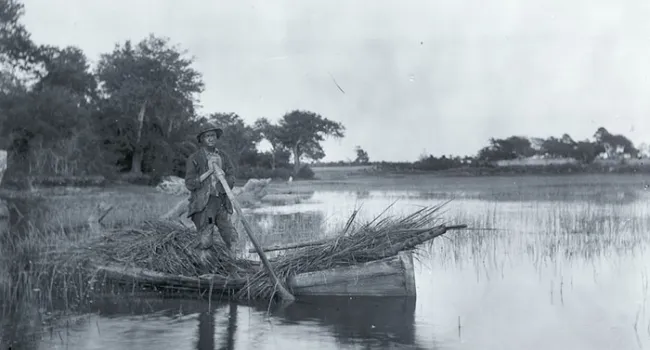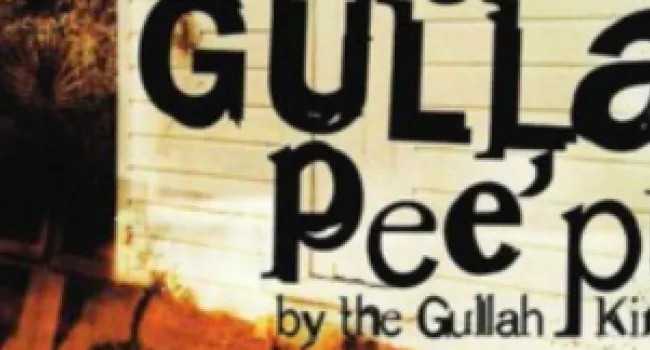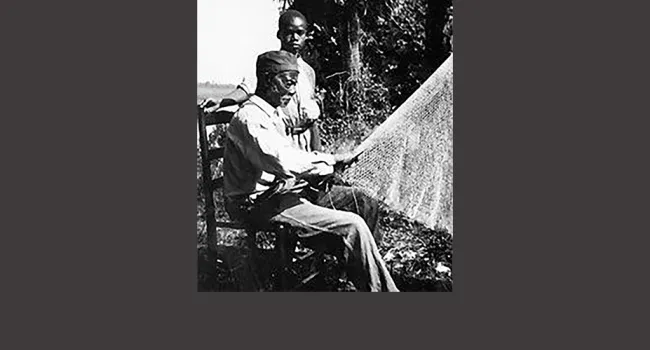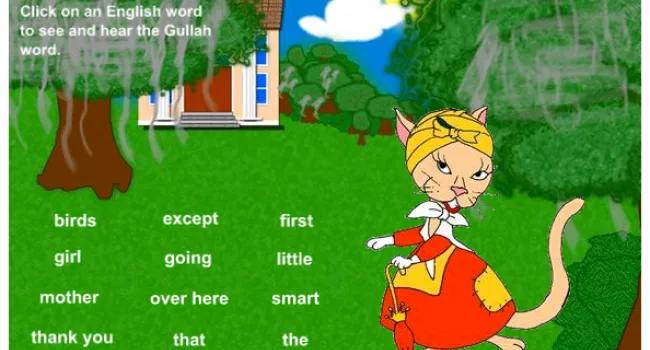The Gullah tradition of creating coiled grass baskets is a craft that has been handed down from generation to generation. Instead of weaving the baskets, a needle made from a spoon handle, bone or nail is used to sew natural materials together. The most commonly used materials are sweetgrass, palmetto leaves, longleaf pine needles and a marsh grass called black rush.
"Fannah" or fanner baskets made this way were used to process rice on the plantations. A person would fan rice by tossing it in the air to separate the chaff from the hull. West Africans still use these large, round, shallow baskets when farming rice the old way.
A basketmaker at the Charleston market.Sweetgrass basketry is a recognized art form that continues today.
Baskets are made in a variety of shapes and sizes that are unique to the style of the family making them. Visitors can watch women make baskets at the Charleston Market or on the nearby Sea Islands.
ABOVE VIDEO: Mary Jane Bennett shows how to make sweetgrass baskets.
WORD BANK
Gullah (gul.lah) n. - one of a group of people of African ancestry that live in the Sea Islands and coastal areas of South Carolina, Georgia, and northern Florida; the creolized language of the Gullahs, based on English and several other African languages and spoken in Sea Island communities.
coiled (coiled) adj. - an African technique for making baskets; a coil of fibers is sewn together by hand to make a basket or container.
sweetgrass (sweet.grass) n. - a long-stemmed plant that grows near the ocean and is used to make baskets; the development of the Sea Islands has depleted the supply of sweetgrass.
sweetgrass basket (sweet.grass bas.ket) n. - a coiled, handmade basket made of sweetgrass.
fanner (fan.ner) n. - a large flat basket used to toss threshed rice in the air so that the wind blows away the chaff, leaving behind the heavier grains of rice.
chaff (chaff) n. - lightweight, dry coverings that are separated from the rice grain during threshing.
Sea Islands (sea is.lands) - a group of islands off the coasts of South Carolina, Georgia and North Florida.
Standards
- 3-2 The student will demonstrate an understanding of the exploration and settlement of South Carolina.
- 3.4.1.PR Investigate the cultural characteristics of places and regions around the world.
- 3.4.2.HS Investigate the economic and land use characteristics of places and regions around the world.
- This indicator was written to promote inquiry into the unique development of ethnic, political, and religious identities in the New England, Mid-Atlantic, and Southern colonies.
Resources
You need to be logged in to listen to view this content. Create an account now; it's quick, easy, and free!
Log In to ViewLa tradición de Gullah de crear cestas de hierba en espiral es una embarcación que se ha entregado de generación en generación. En lugar de tejer las cestas, una aguja hecha de un mango de cuchara, hueso o clavo se utiliza para coser materiales naturales juntos. Los materiales más comúnmente utilizados son el césped, las hojas de palmetto, las agujas de pino de hoja larga y un césped de pantano llamado la fiebre negra.
Las canastas de esta manera hechas por "Fannah" se utilizaron para procesar arroz en las plantaciones. Una persona aventaba el arroz lanzándolo al aire para separar la paja del casco. Los Africanos Occidentales todavía usan estas grandes cestas redondas y poco profundas cuando cultivan arroz a la manera vieja.
Un fabricante de cestería en el mercado de Charleston. La cestería de pasto dulce es una forma de arte reconocida que continúa hoy en día.
Los cestos están fabricados en una variedad de formas y tamaños que son únicos al estilo de la familia que los hace. Los visitantes pueden ver a las mujeres hacer cestas en el mercado de Charleston o en las cercanas Islas del Mar.
VÍDEO ANTERIOR: Mary Jane Bennett muestra cómo hacer cestas de pasto dulce.
